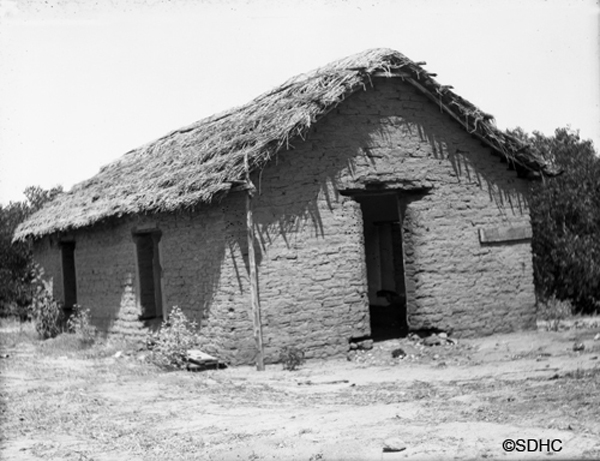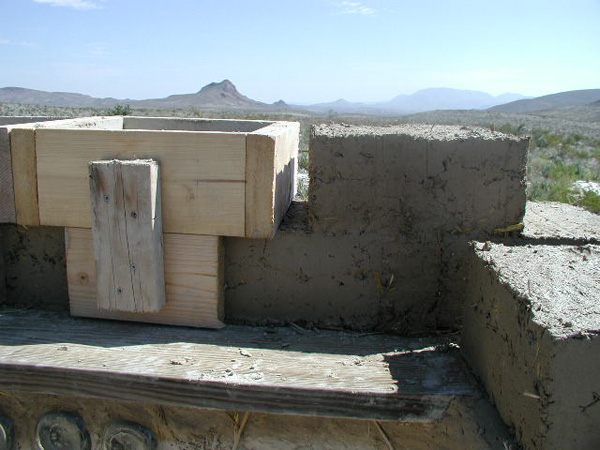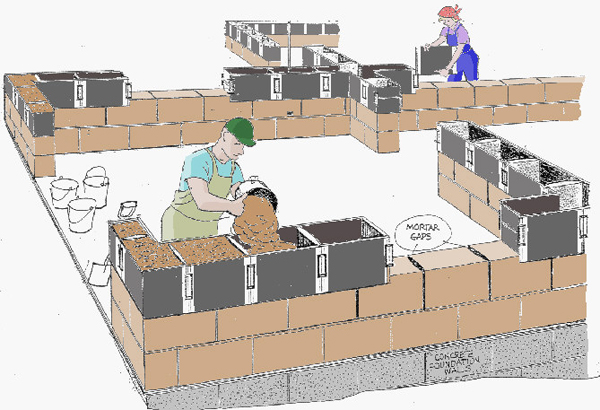“Here’s an explanation of our adobe T-brick building method. It’s simple, easy, and can be done by just about anyone: https://naturalbuildingblog.com/cast-in-situ-adobe-t-bricks
adobe house
The Mudhouse
“It breathes, it smells good and offers harmony with nature. If broken down 90% of it will go back to Mother Earth. It’s about sustainable living!
The $100 House

A few years ago my girlfriend called me into the living room to see an adobe house on TV. “Quick”, she said, “it only cost $100”. I thought there must be some mistake, but I rushed over to see the house out of curiosity. To my surprise it was quite nice.
Cast In-situ Adobe T-Bricks

The blog post the other day about cast in-situ adobe was quite popular and so let’s explore a variation of this method developed by Abe at Vela Creations.com. I consider Abe’s Tblocks a major contribution to the natural building movement – even good enough for a major magazine article. Keep reading to learn the details.
Cast In-situ Adobe Construction

Typical adobe construction involves making adobe blocks by digging and mixing mud, filling molds with the mixture, drying the blocks in the sun, turning the blocks every so often, moving the blocks to cure under cover, and then moving them to the jobsite where they are often moved several more times in the course of constructing the wall. A typical New Mexico size brick is four inches thick, ten inches wide, and fourteen inches long (4x10x14). A brick this size will weigh about thirty pounds. Obviously building with adobes is a slow, labor intensive process.
Adobe Geomesh Success Stories
“An introduction to the success of implementing adobe geomesh into Peruvian communities affected by earthquakes. The communities have welcomed the technology and have a greater sense of confidence of their buildings.
